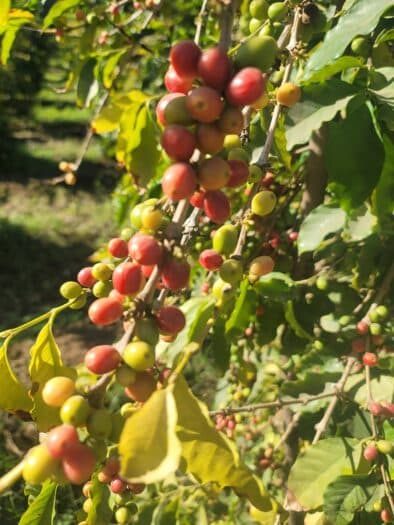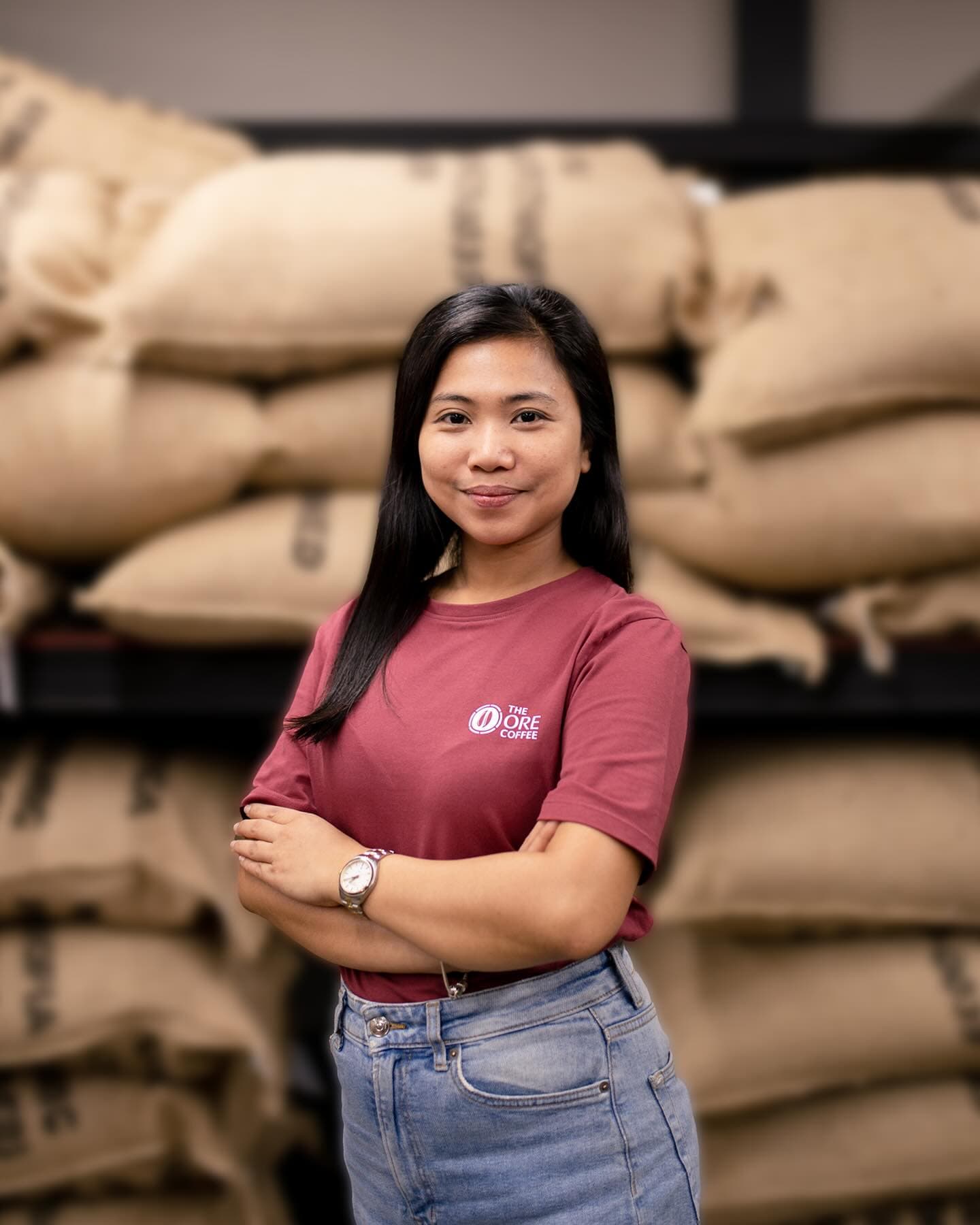
Patrocínio, Brazil – Qahwa World A bag of specialty coffee from Brazil’s Cerrado Mineiro region has reached a record price of US$38,500 at the 13th Cerrado Mineiro Regional Award in Uberlândia, Minas Gerais. The lot, winning the Pulped Cherry category, was cultivated by Eduardo Pinheiro Campos of Fazenda Dona Nenem in Presidente Olegário and purchased
Read More
Dubai – Qahwa World Joe & The Juice has positioned the United Kingdom as its biggest market worldwide after an accelerated store rollout over the past year, overtaking its home market of Denmark. The Copenhagen-founded brand added 16 new locations across the UK in 2025, bringing its total to 89 outlets nationwide. This places the

London – Qahwa World Coca-Cola is reportedly making a final attempt to keep negotiations alive over the potential sale of Costa Coffee, as discussions with its preferred buyer have slowed due to disagreements on valuation. According to international media reports, talks between the US beverage group and London-based private equity firm TDR Capital have reached

DUBAI – Qahwa World Michael Sheridan, CEO of the Coffee Quality Institute (CQI), delivered an important message to the coffee community and CQI members, reviewing the organization’s key achievements during 2025 and outlining future plans for 2026. In his message, which coincides with the approaching year-end, Michael Sheridan highlighted a busy fourth quarter of 2025,

Key Highlights Record-Breaking Participation: A record 76 producers are confirmed for the 2026 edition, marking the largest origin participation in the event’s history. Most Diverse International Line-Up: Eight national pavilions will headline the most internationally diverse World of Coffee Dubai to date, including first-time participation from Kenya and Peru. Export Growth Momentum: The announcement follows

Dubai – Qahwa World Arabica coffee futures finished the session higher, supported by a notable slowdown in Brazilian export activity and limited rainfall in major producing regions. Meanwhile, robusta prices edged lower as strong supply expectations continued to weigh on the market. Market support for arabica strengthened after Brazil’s coffee export sector reported a sharp

An interview with Musa Kedir CEO, Tourism Attraction and Product Development, Ministry of Tourism – Ethiopia By Qahwa World × Buna Kurs Coffee has long been Ethiopia’s most visible global export, yet its potential as a tourism experience remains largely untapped. While several coffee-producing countries have successfully transformed farms, processing sites, cupping rituals, and café culture

Sharjah – Ali Alzakary On Maliha Road in Sharjah, where the spirit of authenticity meets the ambition of the future, and golden sands dance with the dreams of a new era, stands “South Roastery” as a true icon in the world of specialty coffee. My destination was not just a routine journalistic visit; it was

Dubai – Qahwa World Lablibell has been crowned the UAE Lavazza Barista Champion for this year, achieving a well-deserved victory that qualifies her to represent the nation at the Lavazza World Barista Championships in Italy in February 2026. The finals were held on Thursday, December 11th, at the Grosvenor House Hotel in Dubai Marina, where













Dubai – Qahwa World The global coffee market is currently resting in a precarious calm, according to the International Coffee Organization’s (ICO) November 2025 Market Report. Despite major geopolitical and...

Dubai -Qahwa World The impact of coffee on our nightly rest has long been a fiercely debated topic in scientific circles. However, groundbreaking new research from Swiss scientists at the...

Dubai – Qahwa World A new edition of Project Café East Asia 2026 by World Coffee Portal reveals an exceptional year for the branded coffee chain sector across East Asia,...

Dubai – Qahwa World Multiple Sclerosis (MS), a severe and currently incurable autoimmune disease of the central nervous system, may have a new mitigating factor: coffee. A rigorous systematic review...